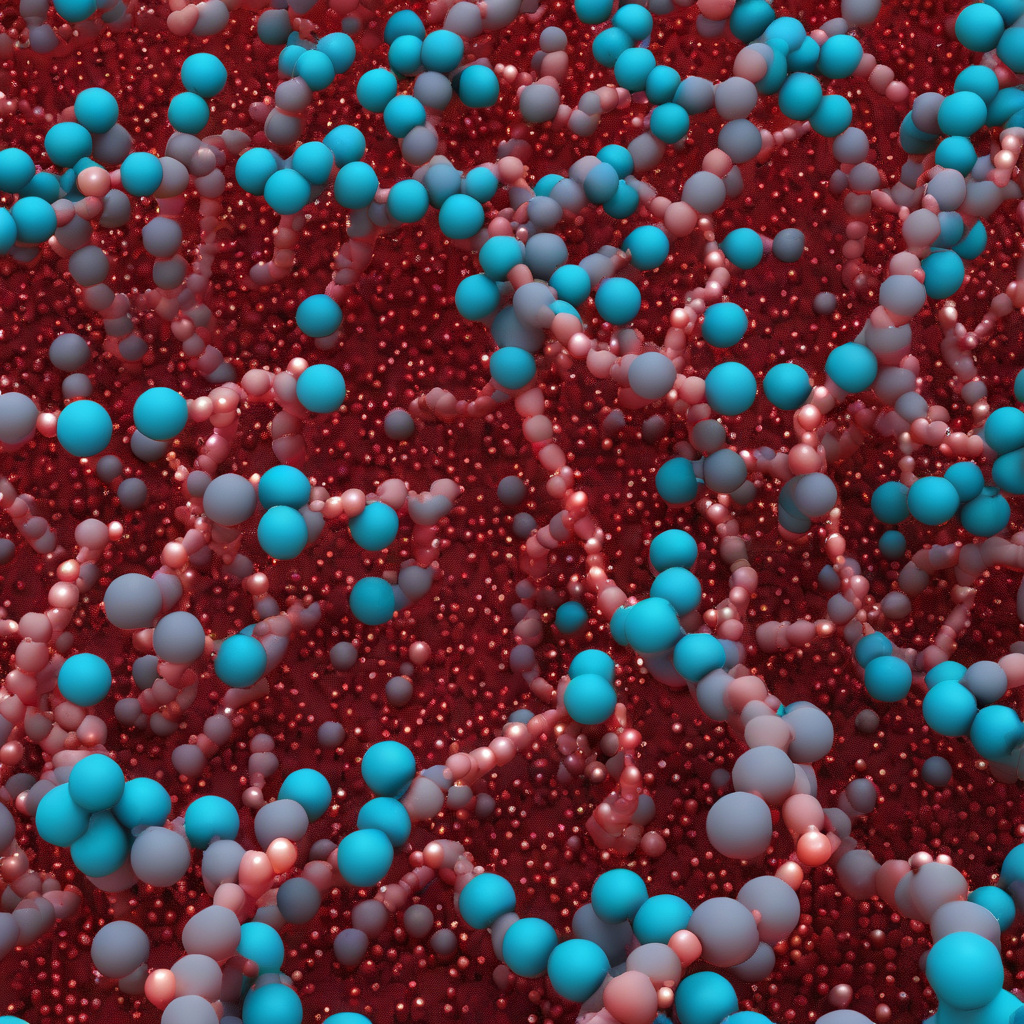New Study Uses Nanoparticles to Target Dormant HIV, Offering Hope for Cure
Researchers have never seen anything as close to a potential HIV cure as this new groundbreaking study that utilizes nanoparticles to target dormant HIV cells. This innovative approach has sparked a wave of optimism in the medical community, offering new possibilities in the quest to eradicate the virus once and for all.
HIV, a virus that attacks the immune system and can lead to AIDS if left untreated, has long been a challenging target for researchers due to its ability to remain hidden in dormant cells, evading traditional treatments. However, this latest study represents a significant leap forward in the fight against HIV by specifically targeting these dormant cells using nanoparticles.
Nanoparticles are tiny particles that can be engineered to carry medications or other substances directly to specific cells in the body. In the case of this study, researchers have developed nanoparticles that are able to seek out and penetrate dormant HIV cells, delivering a payload of medication designed to reactivate the virus and make it visible to the immune system.
By targeting these dormant cells, which are not affected by current antiretroviral therapies, the nanoparticles offer a promising new approach to tackling HIV. Once the virus is reactivated, the immune system can then identify and destroy the infected cells, potentially leading to a complete eradication of the virus from the body.
The implications of this research are profound. If successful, this approach could represent a functional cure for HIV, allowing patients to live free from the virus without the need for lifelong antiretroviral therapy. This could not only improve the quality of life for those living with HIV but also reduce the transmission of the virus to others.
Moreover, the use of nanoparticles in targeting dormant HIV cells opens up new possibilities for treating other persistent viral infections and diseases. The precision and effectiveness of this approach could revolutionize the field of medicine, offering hope for new treatments for a wide range of conditions.
While there is still much work to be done before this potential cure can be realized, the results of this study are undeniably promising. The researchers involved are hopeful that their findings will pave the way for further advancements in HIV treatment and bring us one step closer to a world without this devastating virus.
In conclusion, the use of nanoparticles to target dormant HIV cells represents a major breakthrough in the search for a cure for HIV. This innovative approach offers new hope for patients living with the virus and has the potential to transform the way we approach not only HIV but also other persistent diseases. As we await further developments in this exciting field, one thing is clear: the future of medicine looks brighter than ever.
HIV, cure, nanoparticles, medical research, innovative treatments












